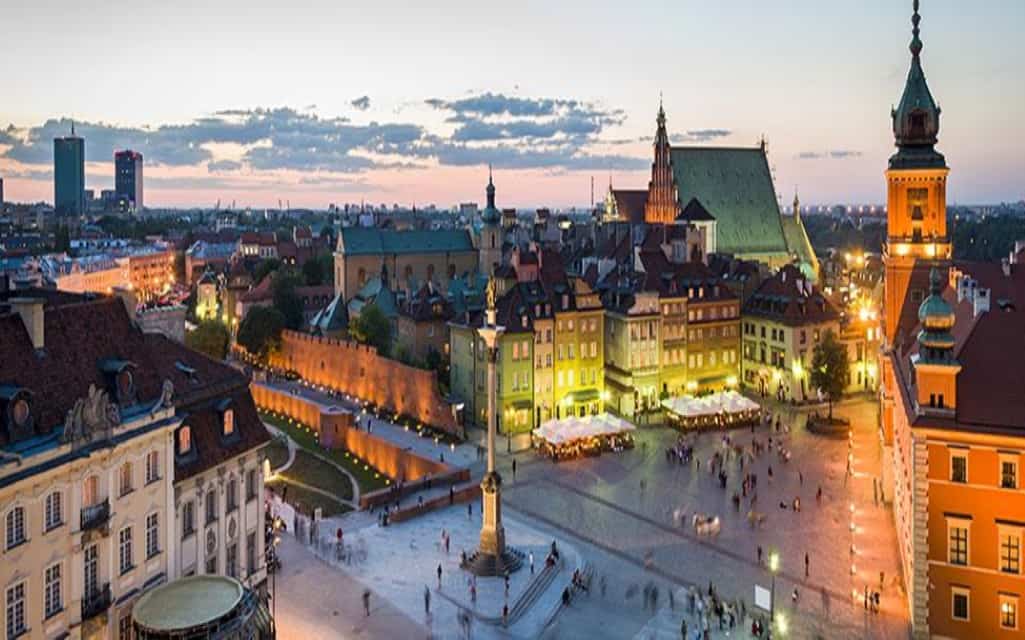Europe is one of the busiest tourist destinations today. Year after year millions of people embarks on a journey through the history of one of the richest regions on the planet.
Generally, countries on the western side of the continent such as France, Italy, and Germany receive the most visits per year; However, what do the other side of the old world and the cities of Eastern Europe have to offer us?
Eastern Europe, or Eastern Europe, may for some travelers be a less attractive destination than the large traditional metropolis that hosts the west of the continent; However, nothing is further from reality.
This area brings together some of the most important capital cities of art and culture in history that undoubtedly make a holiday in these places an unforgettable adventure impregnated with a unique and different essence, worth living.
In today’s article, we will make an account of the most interesting cities it has to offer in a culturally diverse and simply beautiful wonderful Eastern Europe. You can check out each global city ranking in case you want to learn more about whether you should visit or not.
1. Bucharest, Romania
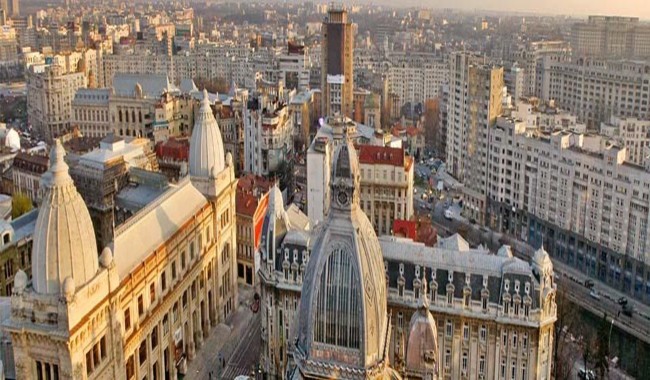
Also known as Little Paris, this is a stately city with great avenues, famous Bucharest Bachelor parties, and so much history that it can bearly stomach. It is a medium-sized city with about two million inhabitants but you can easily stroll through its center without a problem. The best-known part of the city is the Lipscani neighborhood, where you will find many restaurants, cafes, and streets to get lost. It is most of all a safe city so you don’t have to worry about your safety at all.
About the history of the city and its past related to the dictator Ceausescu nobody wants to talk and they prefer to stay silent about very complicated and sad years for the entire population. Therefore most of them have already decided to look to the future and largely forget about the past.
The gigantic Palace of Parliament will capture your attention as soon as you arrive. The building is impressive, so much so that it is the second-largest building in Europe and the world. To give you an idea, it has 3 40,000 square meters, twelve floors, with eight floors underground, more than a thousand rooms, a parking lot for thousands of cars and a meeting room like a soccer field. To build it, Ceaucescu ordered the demolition of 7,000 homes, 12 churches, and three monasteries.
Right in front of Parliament. When it was designed they wanted it to be more impressive than the Champs Elysées, on both sides you will see large buildings and walks with trees and fountains, a contrast between capitalism and socialism. In the middle, you will find Unirii Square, another highlight of the city as there are many more that simply can’t be covered in this short text. Whatever you do, don’t forget to try some of that sweet-sweet Bucharest nightlife before you leave since it will capture your mind forever.
2. St. Petersburg, Russia
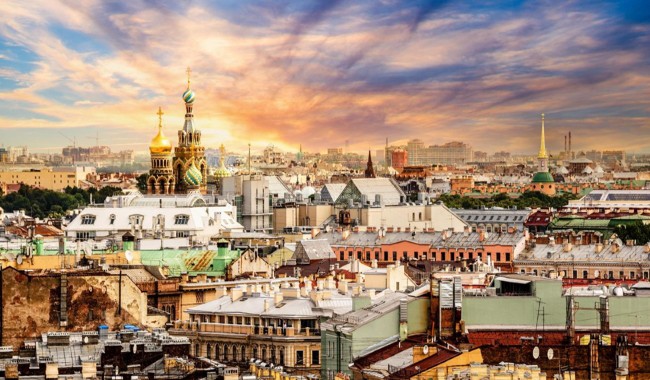
Did you know that Moscow was not always the capital of Russia? In times of the immense Russian Empire, its titular city for more than 200 years was “The Venice of the North”, St. Petersburg. Founded in 1703 by Tsar Peter I the Great, St. Petersburg is one of the most splendid port cities in Europe and the world.
On the shores of the Baltic Sea, the “Window to the West”, as conceived by its founder, presents Italian, French, Swiss and Russian architectural features constituted in a majestic work that also groups a large number of monuments and sets of baroque and neoclassical architecture.
Made in the image and likeness of the canals of Venice and the Netherlands, St. Petersburg stands as the cultural capital of Russia, the birthplace of countless poets and writers of great importance and revolutions that changed the course of the world. It is not surprising that UNESCO has named its historic center as a world heritage site.
The stay in this jewel of the Baltic could never miss the visit of its most emblematic buildings, such as The Winter Palace, the residence of the Czars during the empire and facade of the February revolution that led to its fall.
The Cathedral of the Resurrection, with 300 unique mosaics inside and marbles brought from all over Europe on the banks of the Griboédov canal. St. Isaac’s Cathedral, with one of the largest domes in the world, is an Orthodox church with a true flagship of 19th-century Russian architecture. Even the St. Petersburg Metro is one of the most efficient and prestigious engineering works, built under the most abundant rivers in Europe while also being the deepest subway in the world.
3. Krakow, Poland
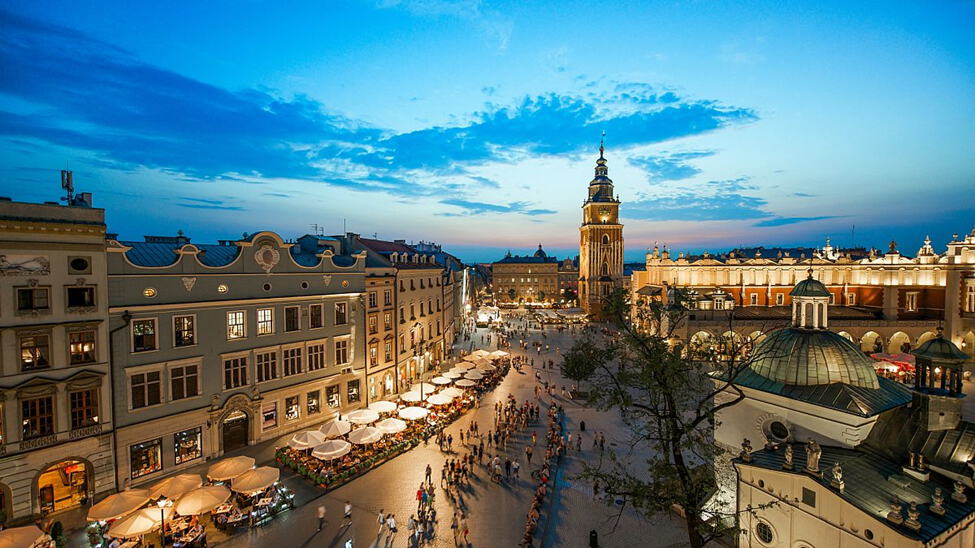
The heart of Poland – This is how many Poles today still consider Krakow, a city located on the banks of the Vistula River in the south of the country.
This medieval city, declared by UNESCO as a world heritage site in 1978, is an indisputable destination for any adventurer who wants to live a rewarding and intense experience in a true city that survives the passage of time and invasions.
Krakow, founded during the middle ages, for many years was the capital of Poland. Visiting this historic place not only means feeling the nostalgia of what was once the capital of such a proud nation, but also plunging into one of the darkest chapters of the twentieth century.
Unlike the rest of Poland, this town has an abundant and almost intact architectural legacy because during its occupation in World War II there was no local resistance, saving the city from safe destruction at the hands of the bombings.
Thanks to this, today we can enjoy a splendorous vitality and beautiful landscapes from Krakow.
Legacy of its medieval past is the Market Square, the largest and most beautiful in Europe, located in the old town, surrounded by buildings such as the Basilica of Santa Maria or the Town Hall Tower.
During your visit you will want to go through the alleyways of the old town and browse its shops or stop at one of its cafés and restaurants, taking advantage to let you know that Krakow is the cheapest tourist destination in spring.
Planning on Traveling with Your Pet? No Problem!
Since 2018, the city of Krakow has declared that most hotels in the city have a pet-free policy that allows owners to bring their pets with them to this magnificent city. If you are thinking about arriving here with your four-legged friend then check out ComfortPuppies travel items that will help all of you in your adventures at the following link: http://comfortpuppy.com
After passing through the old town, you probably want to tour Wawel Hill and see the castle and cathedral of the same name. A symbol of the extinct Polish royalty and also a perfect novelesque landscape.
Then, it would be a mistake to go through this region without visiting the old Jewish quarter or the interactive museum of the Schindler factory that employed more than 1200 Jews saving them from a safe death by gas in the famous Auschwitz concentration camp. A stunning memorandum of the World War II atrocities and unforgettable historical passage.
4. Budapest, Hungary
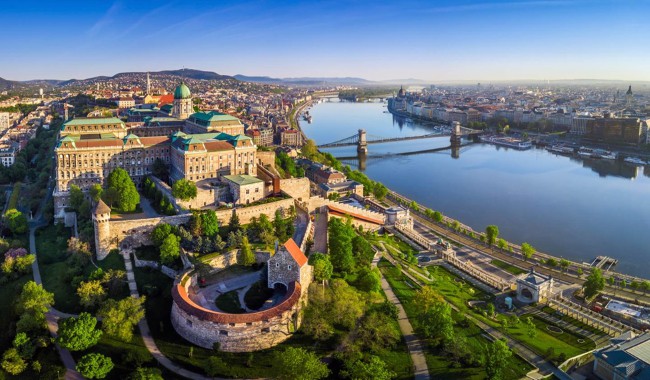
Buddha, Obuda and Pest; three cities of Roman origins on the banks of the Danube that in 1873 were unified to form the capital of the then Kingdom of Hungary. This location called by travelers as “The Pearl of the Danube” certainly represents one of the most striking destinations in the region.
During the 19th century, not only was the city established as such, but it also became the second capital of the Austro-Hungarian commitment, which gave rise to the Austro-Hungarian dual monarchy, a multicultural house of Austrians, Hungarians, Poles, Czechs, etc.
After World War I, Hungary became an independent nation to this day; However, the legacy of its imperial past continues to echo through the streets of its capital in its majestic structures and rich culture.
Undoubtedly one of the places where the imperial past projected to the present is best appreciated is in the Hungarian Parliament, home of the Hungarian crown jewels in front of the Danube.
Its prominence and beauty are constant throughout the day, but at night it is when its facade is truly exalted, illuminating the Danube with two lights that make Budapest a night city of dreams.
Another emblematic building is the Buda Castle, the residence of the former Hungarian royal family, which today houses a museum, a library, and the Hungarian royal gallery.
After walking through the castle, a good option would be to go through the Chain Bridge, a wonderful architectural work that crosses the Danube from one side to the other. Opened in 1849 and destroyed during World War II, the current bridge is a precise reconstruction reopened exactly 100 years after the original for everyone’s enjoyment.
Finally, no one can leave Budapest satisfied without strolling along Adrássy Avenue, the city’s central artery. It is the epicenter where all the important brands and restaurants are located in neo-Renaissance dream buildings.
Budapest is an adventure that no one can miss, as it is not only an architecturally graceful city but also naturally, just look at the Danube River, which we must insist on since it enhances the city and its walls in a very unique way. Of course, it is not for nothing, that the Buda Castle, the Danube River, and the Adrássy Avenue was named by UNESCO as a world heritage site, positioning them as an obligatory destination for any tourism lover.
5. Prague, Czech Republic
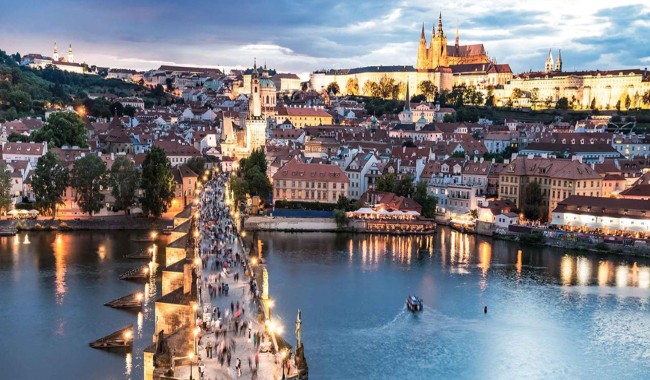
In the heart of Europe lies the magnificent Prague, the capital city of the Bohemian region. The city has a privileged position of nerve center that allows it to communicate perfectly with its neighboring countries, making it one of the busiest destinations in the continent.
Sometimes referred to as the golden city, it was founded around the 10th century and since then It has been the titular city of the Kingdom of Bohemia, Czechoslovakia and, finally, the Czech Republic. Visiting this jewel of Central European culture is a more than necessary adventure.
Its beautiful streets, towers and historic buildings make it a sight for the eyes of any traveler interested in the various architectural styles and medieval format of the old town, home to the oldest historical churches and towers in Prague, named after the UNESCO world heritage site.
Among the best places to visit in Prague are the Danzete house, emblem of contemporary architecture for its peculiar form of apparent abstraction, it was a dating house during the 19th century and had to be rebuilt after World War II because of the bombings; However, today it shows the originality of the city.
Another great destination is The Clementinum Library, proclaimed by Guinness Records as the most beautiful library in the world. Opened in 1722, it houses a total of 20,000 literary works. His paintings and modeling make this a baroque monument that nothing has to envy to the most elevated architectural works.
Due to its dimensions, walking the city on foot is a simple task, however, it also has a tram and the Prague metro that holds another rather peculiar record. The steepest and fastest escalators in Europe! Located at the Námestí Míru station, this is a good way to face the fear of heights without having to go too far.
After a walk through all these sites, you would probably want to enjoy a good snack or a show, fortunately, Prague is prepared with its Gourmet market on the banks of Vltava, where you can enjoy honey, yogurts, poppy cakes and even hot wine.
On the other hand, this urban nucleus has a variety of theaters that will perfectly accommodate leisure. In fact, there is a very special one called Magic Lantern famous for its diverse, original and entertaining content, considered as the first multimedia theater in the world.
In Conclusion:
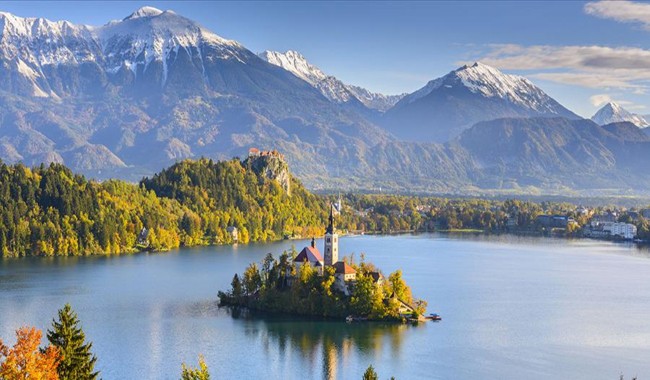
Eastern Europe still hides some of the most beautiful cities in the world that simply wait to be discovered by all. All along the Danube and even the far east of Russians plains, you can find cities full of culture and entertainment opportunities that cost significantly lower then its western counterparts but provide just as much fun if not more. Think carefully what your next destination in this part of the world will be as it will live with your mind forever.

